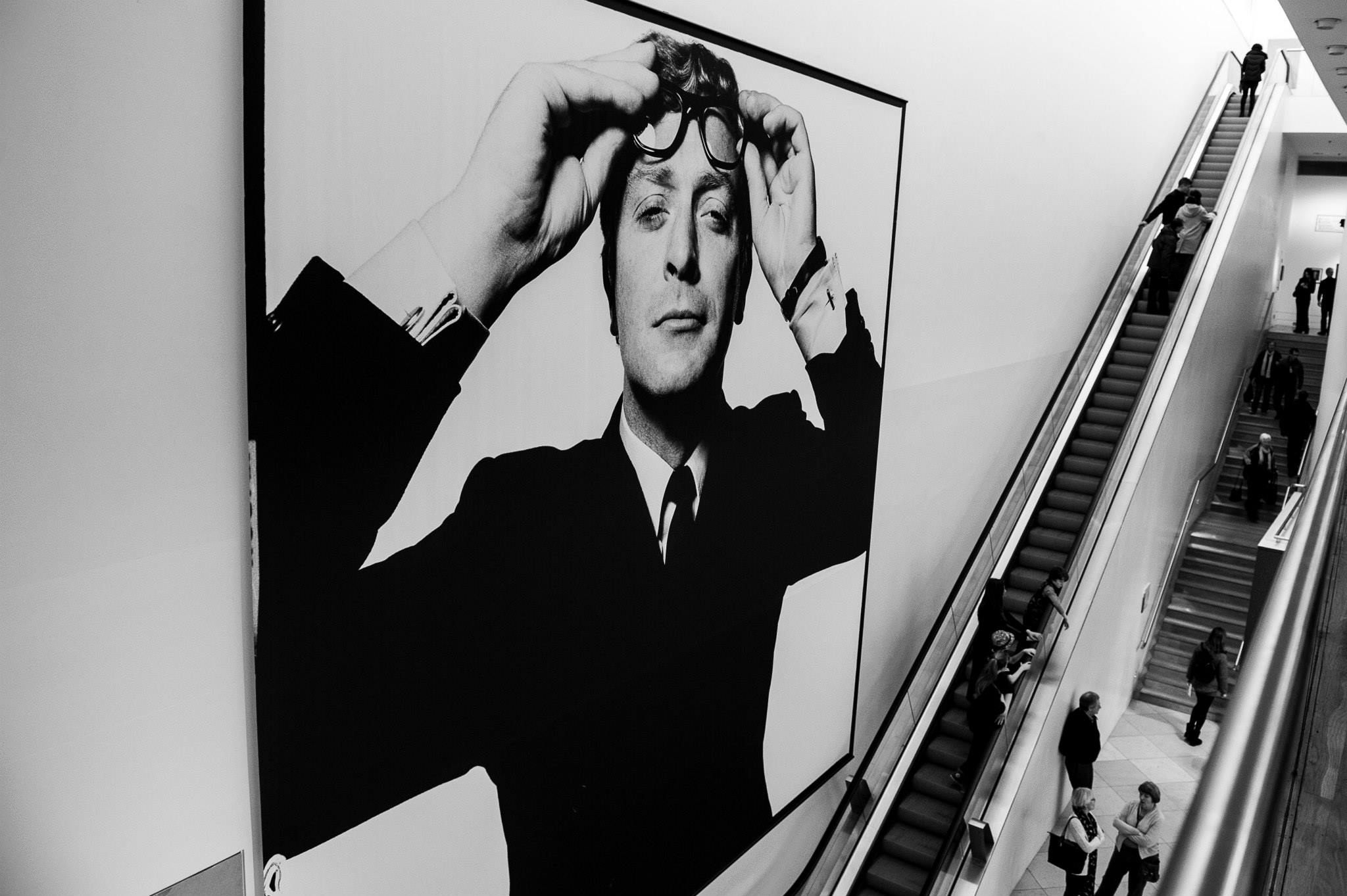In previous posts I have indicated the difficulty that I have with art. A recent exhibition at the ulster museum, entitled “The Art of the Troubles” has helped me achieve a greater appreciation and understanding of Art. One of my main issues was only connecting with art on the aesthetic level.
Around 6 years ago (when I was first developing an interest in photography) I went to see a an exhibition by Willie Docherty entitled Apparatus which is comprised of 40 aluminium panel prints of areas impacted and ghettoised during the troubles. I was incredibly underwhelmed and angry. I felt cheated that this guy was passing off dull snapshots of waste ground or damaged buildings as art and cashing in on the political situation in Northern Ireland. I thought that art (and good photography) had to be pretty and I didn’t understand the value of context to an art piece and how art is informed by other work.
The art of the troubles is a collection of paintings, photos, sculpture installations and video in which artists responded to the troubles or referenced elements of the political culture in northern Ireland during that period. I went into the exhibition with my ingrained preconceptions and bigotry ( I don’t care who you are but if you are over 30 and from northern Ireland you will have a certain amount of ingrained bigotry and intolerance). Within 10 minutes those preconceptions were blown away and even my inner bigot had to take a back seat. Here were artworks that I could appreciate because I understand the context and symbolism used.
The works had quite an effect on me I felt elated that the scales had dropped from my eyes but they also stirred memories and experiences that I had not thought about for a long time. Events and experiences from my childhood came to the surface and I was close to tears at several points in the gallery.
There was a lot of photography in the exhibition. Photos of the maze prison by Donavan Wiley. Some of Paul Seawright’s work showing the locations of violent murders. Scanogaphy of the knives used by the Shankill Butchers to torture and kill their victims and some of Willie Docherty’s images. One of Docherty’s photos in particular struck me because it was so similar to the images I had derided 6 years earlier. It was a photograph of burned out car. It was a type of image that I had seen hundreds of times over the 30 years of the troubles. Cars were stolen to commit robberies, transport guns or explosives, to be used as getaway cars after attacks on the police or members of the other community, or simply for joy riding. These cars would then be burned to destroy any forensic evidence. In this case the photo had been staged by Docherty and by doing this he was bringing into question the journalistic practices in use during the conflict in Northern Ireland.
My tutor has told me that I need to get more feeling into my work and this experience has shown me how artists imbue their work with feeling but also how that work can evoke feelings in others. I visited the exhibition three times. The first time was on my own, then with my partner and lastly with my children ( who are 20 and 16). By doing this I was shown that experiencing art can depend on many things. My partner was brought up in a different area of Belfast and so her experience of the time was different from mine. My son and daughter are not old enough to remember the troubles and so they had no context on which to hang the artwork. I was able to take them around the work explaining some of my experiences growing up and how they informed my view of the different pieces, but it was also very heartening to find that my kids don’t have the bitterness and bigotry that are still (although very diluted) with me.


